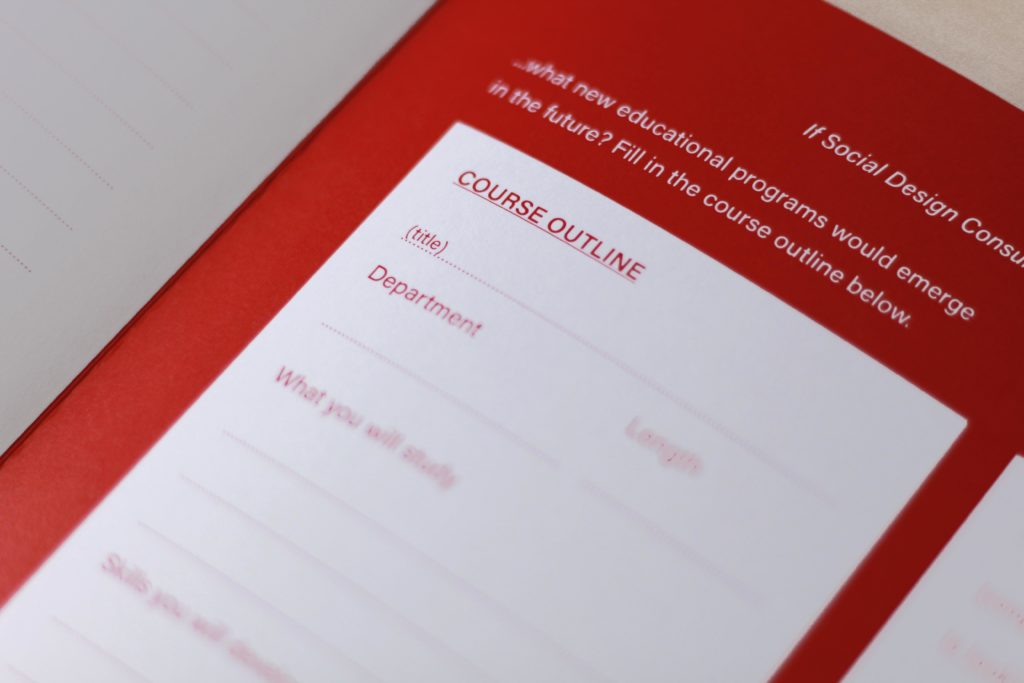The Social Designer as Consultant
Based on a conversation with André Schaminée on April 28, 2020
Text by Maaike van Papeveld
Photo courtesy unknown, contact me for credit (portrait André Schaminée)
.
“More and more of the issues the public sector is facing can barely be resolved by the sector itself—if at all—with generic policy measures also proving insufficient. […] Innovators in the public sector [now try] to find new approaches to deal with wicked problems. Design thinking is one example of this.” (2018, BIS Publishers, Amsterdam. p13-15)
.
Public sector organizations are increasingly interested in design thinking as an approach to solving social issues. This is not surprising since designers offer skills that are rare within these organizations. They simply think in a different way. I usually condense this expertise into three skills: empathic research, reframing, and prototyping. Empathic research helps create a deeper understanding of what drives people and what their values are. Reframing helps stakeholders look at the issue in a different, more connected way. Prototyping allows for an idea to be tested within a contained environment in order to understand how an idea functions before implementing it. And of course, it helps if things are easy to the eye as well.
.
But although the market potential of this type of work is huge, I notice that many young social designers experience difficulties entering this market. I think this has two reasons. The first is that designers lack experience with the processes within public organizations. There is a gap between these two worlds and the way in which they function and reason. And second is that most designers have little knowledge about systems. The quality of the designers that graduate from Dutch design academies is extremely high, but their knowledge about systems is too low. To integrate new modules into bachelor programmes would be an option, but that could compromise the precious time the student invests in becoming such great designer. In that sense, a new postgraduate programme that focusses on governance and system theory would not be a bad idea. A third subject I think could be included in this new programme is ethics. As a maker you are not neutral—you contribute to shaping the world. Therefore it is important to know who you want to be in this world, as a person and as a designer. I think these three additions would equip designers better for working in this field.
.
Another solution is to foster a context that bridges this gap, which is what we do at Twynstra Gudde by composing multidisciplinary teams that include both social designers and system thinkers. Building and maintaining the right context for a design thinking process in public organizations is a new, barely explored field. Over the past ten years, I have looked at the collaborations between designers and public organizations through the prism of organizational science. With my book Designing with-in Public Organizations: Building Bridges between Public Sector Innovators and Designers I hope to contribute to building a foundation for a unifying discourse between designers and public organizations. By sharing experiences—for example through my book, last year’s Social Design Summit, an initiative called Social Design Showdown and the research project Social Design for Wicked Problems—we can bring this conversation further, one step at the time. The field of social design is very young, and most of its practitioners are young as well. So up until today, there has been relatively limited seniority in the field. I wish that the people that are passionately and energetically engaged in the development of the field today, will still be in ten years.
.
This text was originally written to create the worksheet The Social Designer as Consultant. Click here for more information or here to get in touch.
.
.

.
